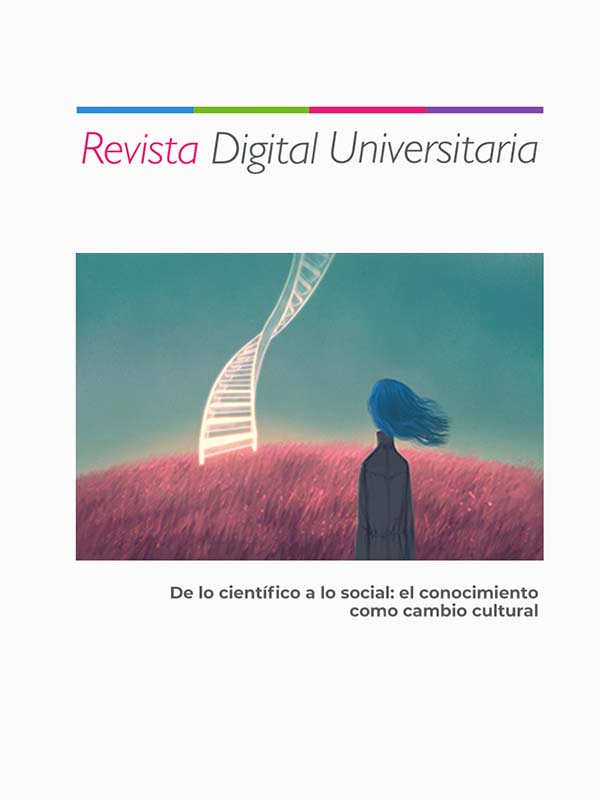The shipwreck of thoughts
DOI:
https://doi.org/10.22201/ceide.16076079e.2025.26.1.3Keywords:
Stroke, Cerebral edema, ictusAbstract
Adequate brain function requires a constant supply of energy substrates, primarily glucose, which is transported through the blood circulating in the arteries throughout the body. In the brain, these arteries strictly regulate the transport of molecules that reach it and are composed of the cerebral vascular endothelium, which forms the blood-brain barrier. During a stroke, cerebral blood flow is interrupted, reducing the supply of energy substrates and causing alterations in brain function. As a result, the individual may experience impairments in movement, language, or other functions controlled by the affected brain region. Furthermore, if blood flow is not restored, numerous damaging processes are activated. Among these, the increase in brain water content, known as edema, is particularly serious. Its formation can cause a catastrophe like the one experienced by the Titanic passengers who never imagined that the great colossus could be vulnerable and face a shipwreck. In this article, we will describe how a stroke can cause the accumulation of water in this tissue.
References
gbd 2021 Stroke Risk Factor Collaborators. (2024, octubre). Global, regional, and national burden of stroke and its risk factors, 1990-2021: a systematic analysis for the Global Burden of Disease Study 2021. The Lancet Neurology, 23(10), 973-1003. https://doi.org/10.1016/S1474-4422(24)00369-7
Nigri, W., Godoy, D., y Recalde, R. (1998). Fisiología del edema cerebral. Revista Argentina de Neurocirugía, 12(3-4),155-162. https://aanc.org.ar/ranc/items/show/803
Stokum, J. A., Gerzanich, V., y Simard, J. M. (2016). Molecular pathophysiology of cerebral edema. Journal of Cerebral Blood Flow & Metabolism, 36(3), 513-538. https://doi.org/10.1177/0271678X15617172
Published
Issue
Section
License
Copyright (c) 2025 Revista Digital Universitaria

This work is licensed under a Creative Commons Attribution-NonCommercial-ShareAlike 4.0 International License.

Revista Digital Universitaria es editada por la Universidad Nacional Autónoma de México se distribuye bajo una Licencia Creative Commons Atribución-NoComercial 4.0 Internacional. Basada en una obra en http://revista.unam.mx/.






